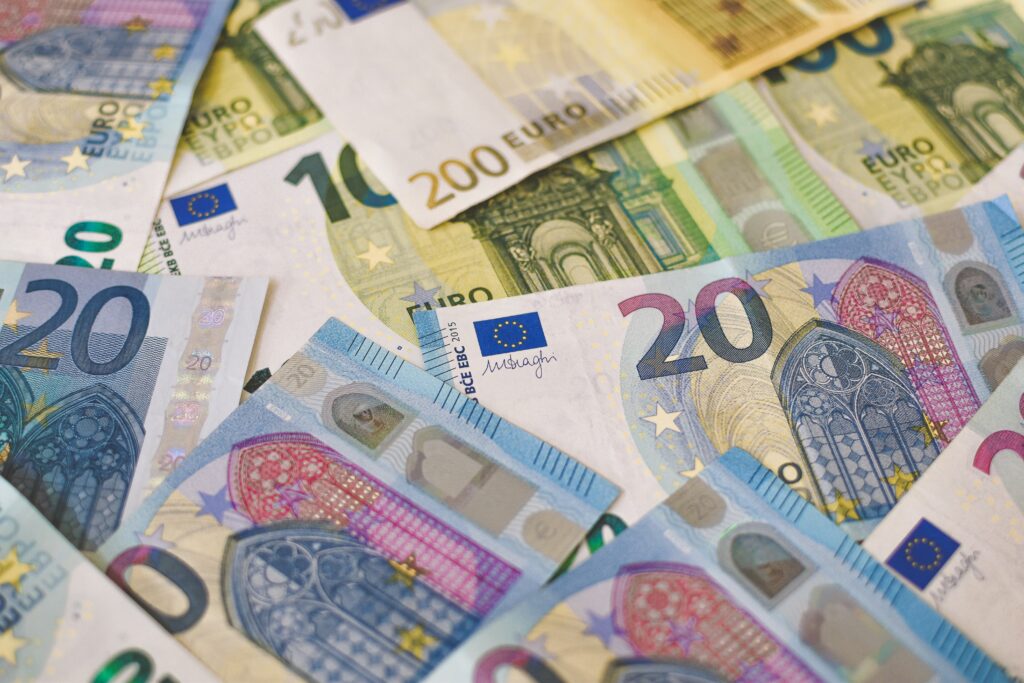When it comes to international currencies, the US dollar (USD) and the Euro (EUR) are undoubtedly two of the most influential players in the global market. Understanding the dynamics between these currencies and their comparative performance is essential for businesses, investors, and individuals engaged in international trade or travel.
In this blog post, we will delve into a comprehensive comparative analysis of USD v Euro, exploring their historical trends, economic factors, and implications for the global economy.

Understanding the USD
The US dollar holds a prominent position in the global financial system. It serves as the world’s primary reserve currency and is widely accepted for international transactions.
The strength and stability of the USD are influenced by various factors, including the economic performance of the United States, interest rates set by the Federal Reserve, fiscal policies, and geopolitical events. Over the years, the USD has experienced fluctuations in value, responding to changes in market conditions, investor sentiment, and global economic shifts.
Understanding the Euro
The Euro, introduced in 1999, is the official currency of the Eurozone, which consists of 19 European Union member countries. It has become one of the major currencies in the world, rivaling the USD in terms of global influence.
The performance of the Euro is influenced by factors such as economic indicators of the Eurozone, monetary policies set by the European Central Bank, political stability within member countries, and regional economic developments. Similar to the USD, the Euro has exhibited both strength and volatility over time, reflecting the ever-changing dynamics of the global financial landscape.
Comparative Analysis of Currency Performance
Conducting a comparative analysis of USD v Euro involves evaluating the relative strength and stability of both currencies. Economic indicators, such as GDP growth, inflation rates, employment data, and trade balances, play a crucial role in assessing the performance of each currency.
Monetary policies, including interest rate decisions and quantitative easing measures, implemented by the Federal Reserve and the European Central Bank, respectively, can also impact the value of the USD and the Euro. Additionally, global events like geopolitical tensions, trade disputes, and financial crises can significantly influence the USD v Euro dynamics.
Historical Performance Comparison
To gain deeper insights into the USD v Euro exchange rate, it is important to review historical exchange rates and trends. By examining past data, patterns, and correlations between the two currencies can be identified. This analysis allows us to assess long-term performance, identify cyclical patterns, and understand the volatility associated with USD v Euro. Furthermore, historical performance comparison provides valuable information for forecasting future trends and potential scenarios.
Economic Factors Influencing USD v Euro
Several macroeconomic indicators contribute to the fluctuations in USD v Euro exchange rates. Factors such as interest rates, inflation rates, and trade balances of both the United States and the Eurozone can impact the relative value of the currencies.
Additionally, political and geopolitical factors, such as elections, policy changes, and international conflicts, can introduce volatility and uncertainty into the USD v Euro relationship. Keeping a close eye on these economic factors is crucial for anticipating currency movements and their implications on trade and investments.
Implications and Outlook
The comparative analysis of USD v Euro, including the potential impact of a Dollar Collapse, holds significant implications for international trade, investment decisions, and cross-border transactions. The exchange rate between these two currencies can impact the cost of imports and exports, affect profitability for businesses operating in different markets, and influence the attractiveness of investment opportunities.
By analyzing historical performance, economic factors, and geopolitical developments, businesses and investors can gain valuable insights to make informed decisions in the face of potential currency volatility, including the risk of a Dollar Collapse. However, it is important to note that currency markets are inherently complex and subject to various external factors, making it challenging to accurately predict future exchange rate movements and the possibility of a Dollar Collapse.

In conclusion, the comparative analysis of USD v Euro provides valuable insights into the performance and dynamics of these influential currencies. By understanding the factors influencing their value and monitoring historical trends, businesses, investors, and individuals can navigate the global financial landscape more effectively.
The USD and the Euro play pivotal roles in the global economy, and their performance has implications that extend far beyond currency markets. Therefore, keeping a close eye on USD v Euro dynamics and staying informed about the latest developments is essential for anyone engaged in international financial activities.

